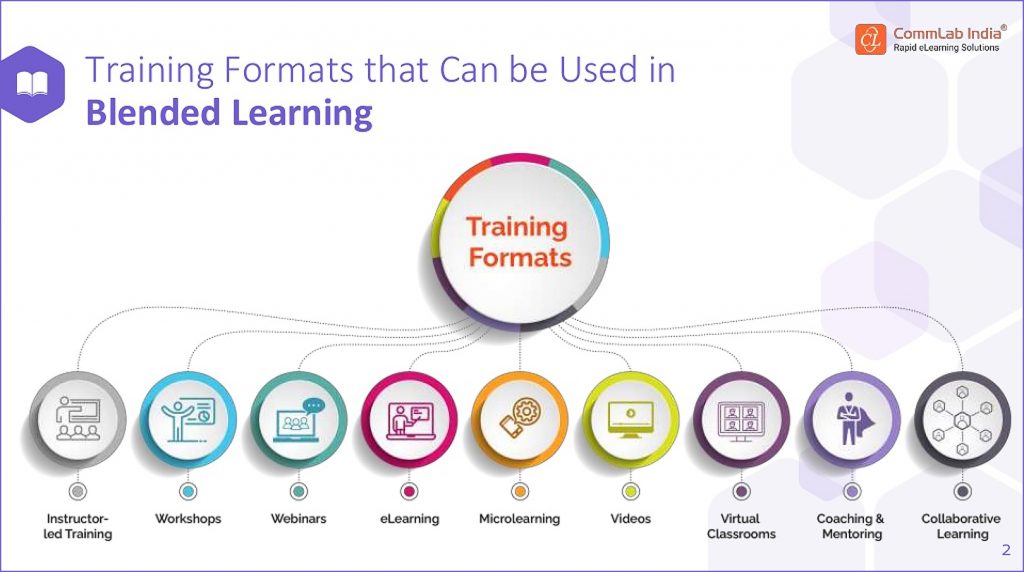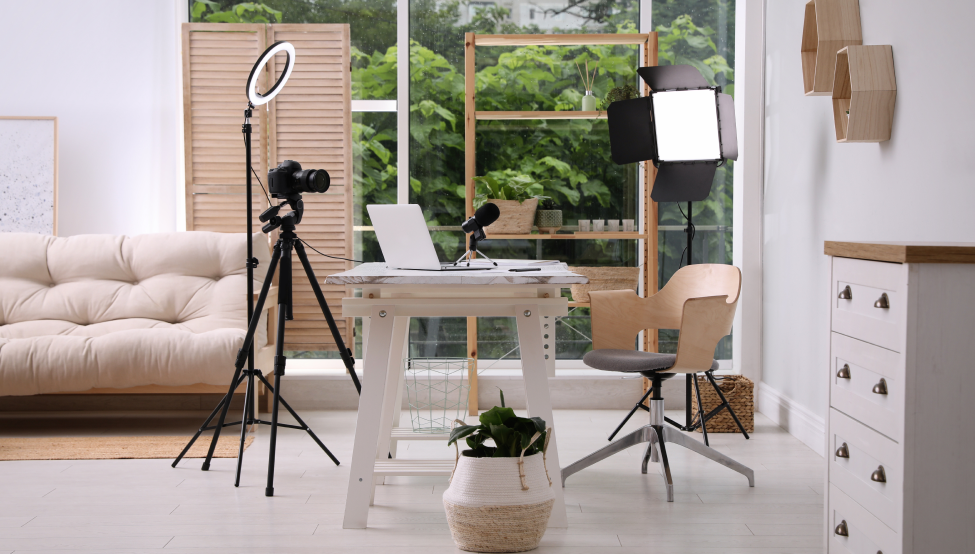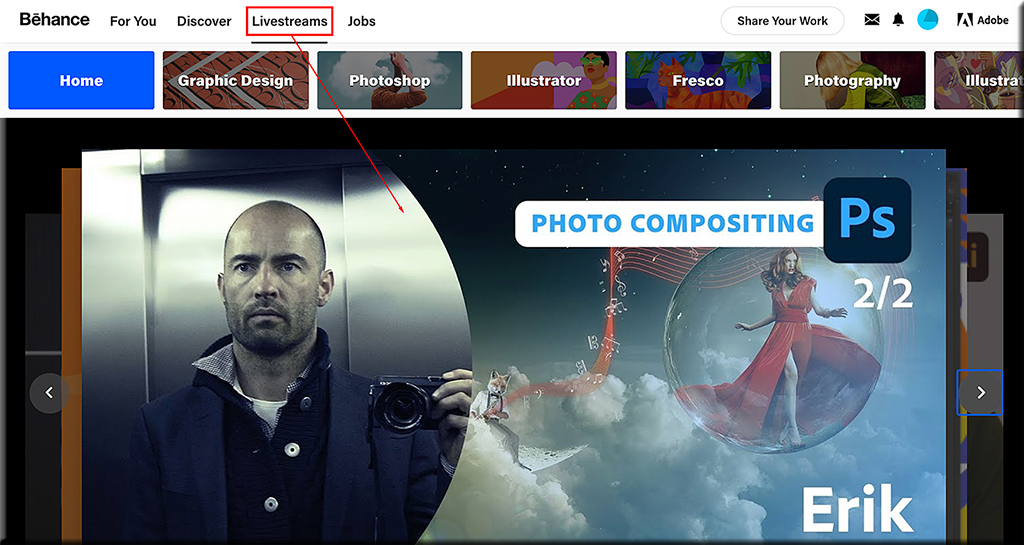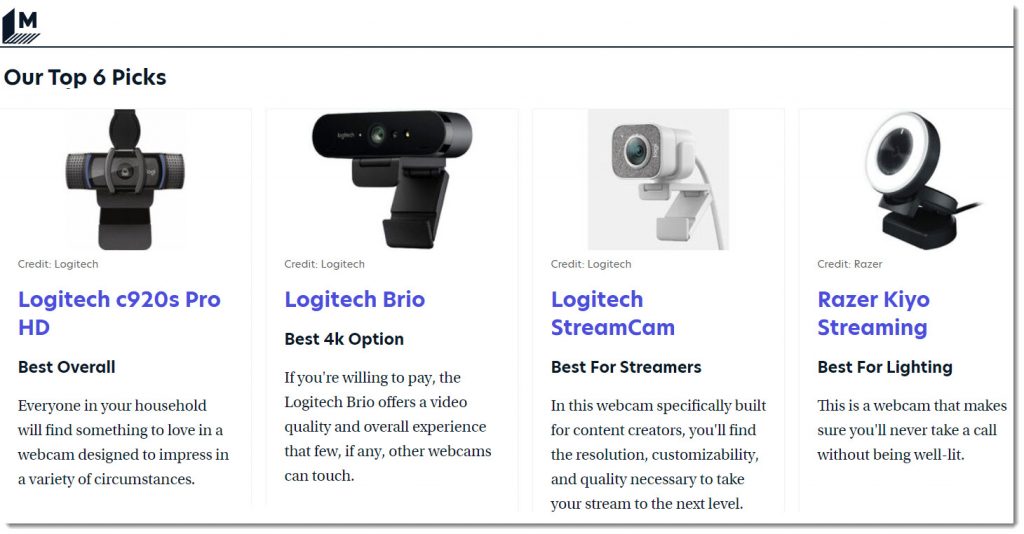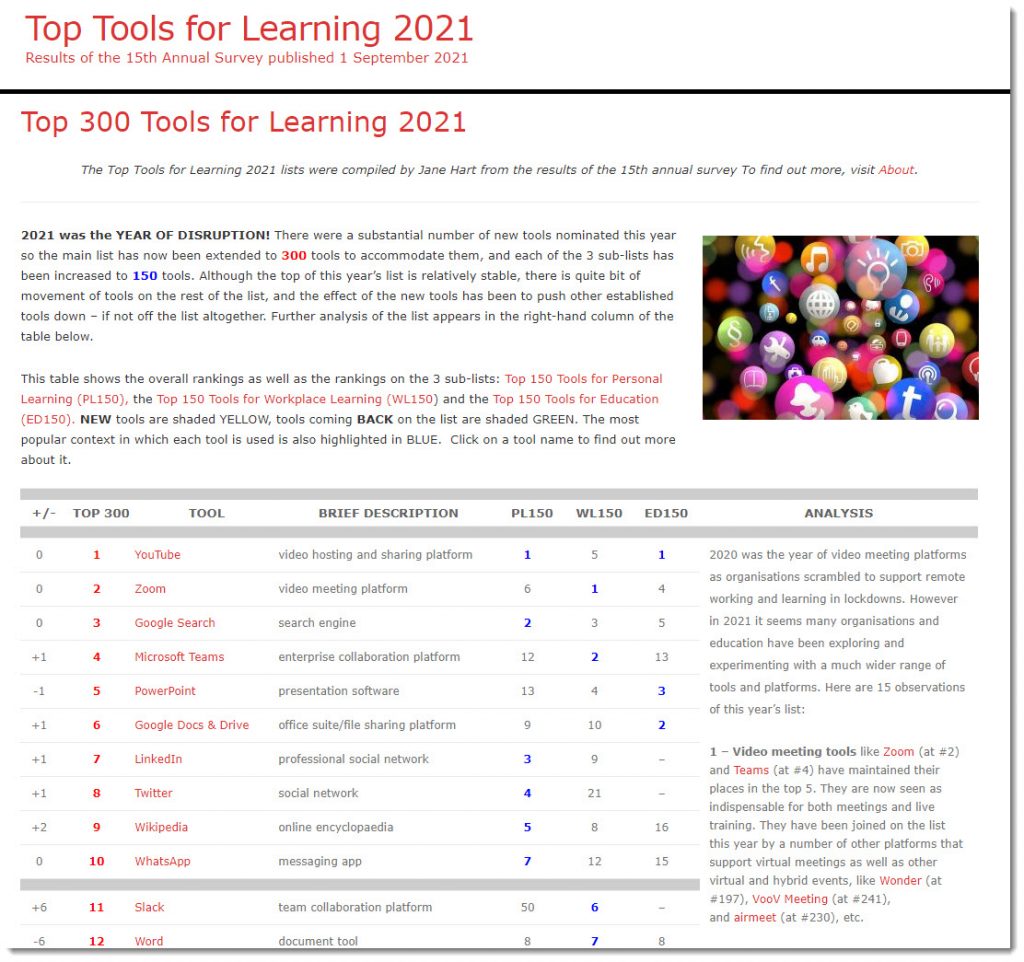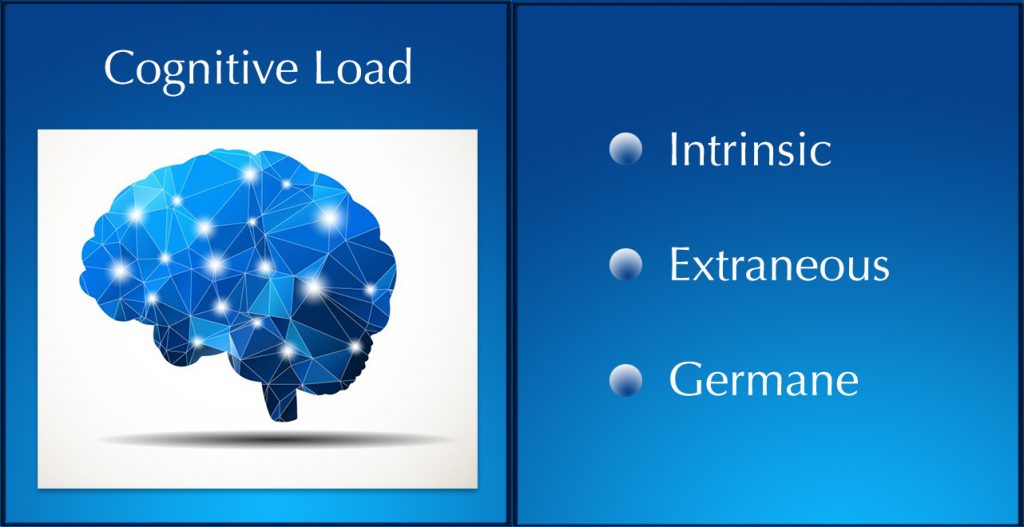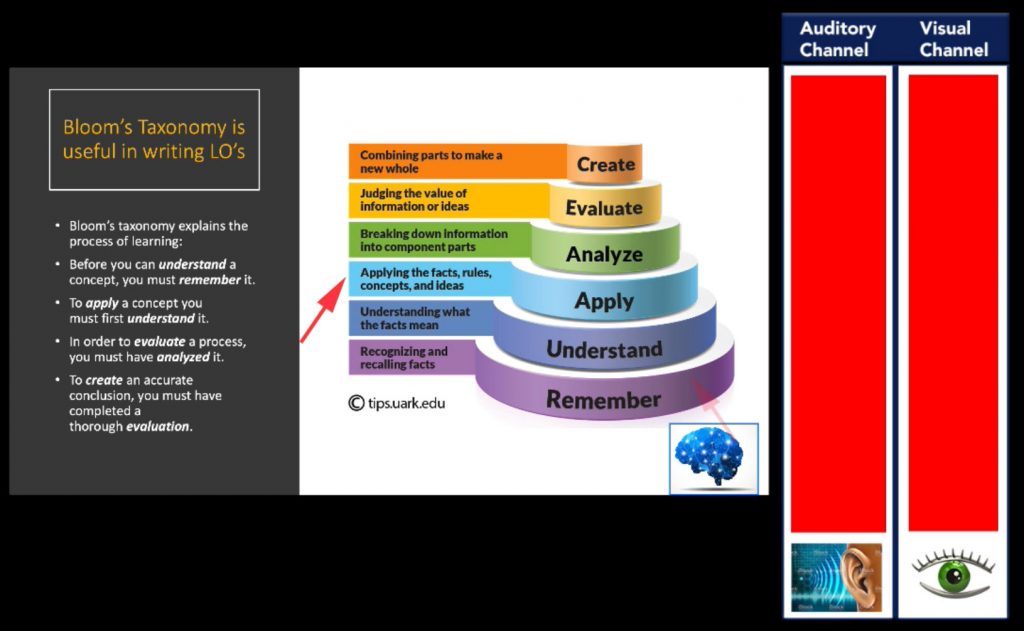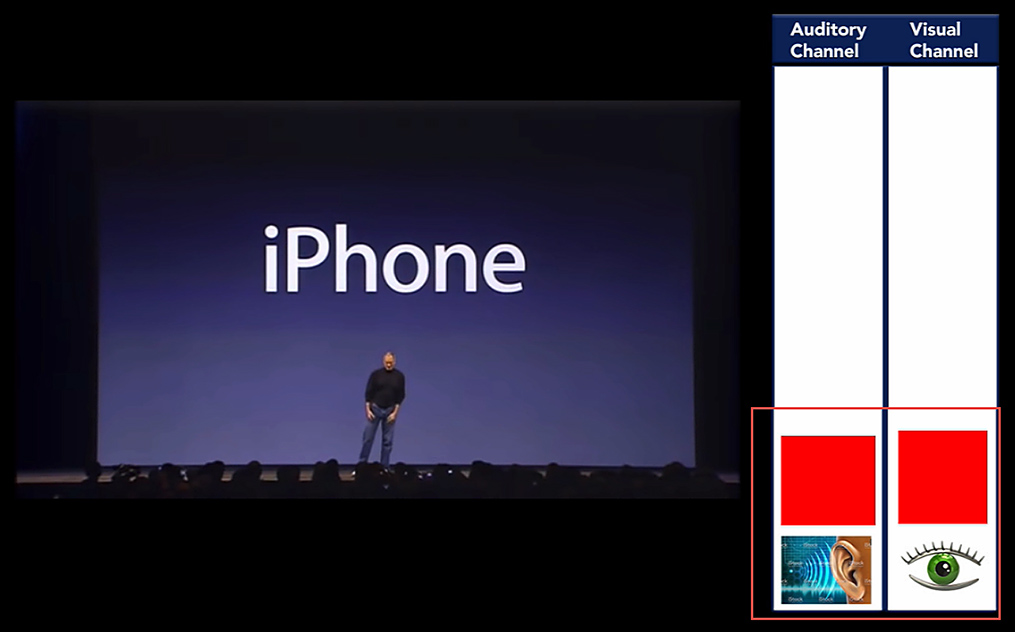From DSC:
Seeing the functionality in Freehand — it makes me once again think that we need to use more tools where faculty/staff/students can collaborate with each other REGARDLESS of where they’re coming in to partake in a learning experience (i.e., remotely or physically/locally). This is also true for trainers and employees, teachers and students, as well as in virtual tutoring types of situations. We need tools that offer functionalities that go beyond screen sharing in order to collaborate, design, present, discuss, and create things. (more…)
Teaching: Fresh Approaches to Faculty Development — from chronicle.com by Beckie Supiano
Excerpt:
Baranovic can’t imagine returning to the old model: He’s sticking to panels in Zoom. Among the benefits, he says: “This arrangement breaks institutional silos, allows faculty to talk more about their experiences, shares effective practices from sources faculty trust (their peers), creates a stronger sense of community, makes it easy for panelists (they receive the questions ahead of time if they want to prepare, but because they’re speaking to experience, they don’t really have to prepare), and creates a form of support that works like therapy but doesn’t feel like therapy.”
Next, Baranovic hopes to turn the panels into a podcast format for professors unable to attend in real time.
From DSC:
As someone who had been involved with Teaching & Learning Centers for years, I can tell you that it’s very disheartening to put together a training session for faculty members and have very few — if any — people show up for it. It’s a waste of time and it leaves the T&L staff and/or IT staff members feeling discouraged and unvalued.
Over the years, I developed a preference for putting things into an asynchronous digital format for faculty members and adjunct faculty members to access per their own schedules. The institutions that I was working for got a greater ROI from those sessions and they were able to visit an internal “course” or website to reference those materials on-demand.
I also like the idea of podcasting here, but that takes a lot of time and effort — and isn’t always possible when you are one person trying to assist hundreds of faculty members (from a technical support and an LMS admin standpoint).
As an Instructional Designer, I also want to comment that it’s hard to help steer a car if you can’t even get into the car. Those institutions that are using team-based approaches will be far more successful in designing and developing more polished, effective, accessible learning experiences. Very few people can do it all.
The Humanities May Be Declining at Universities — But They’re Thriving on Zoom — from edsurge.com by Rebecca Koenig
Excerpt:
Throughout the pandemic, versions of this close-reading conversation have taken place week after week. Organized through new nonprofits and small startups including the Catherine Project, Night School Bar and Premise, they bring together adults who want to spend their free time talking to strangers about literature and philosophy.
It sounds at first like an ambitious book club—except for the fact that many of these seminars are organized and led by college professors, some so eager to participate that they do it for free.
“Mostly it’s a way for them to do a kind of teaching they can’t do at their regular jobs,” explains Zena Hitz, founder of the Catherine Project and a tutor (faculty member) at St. John’s College in Annapolis, Maryland.
From DSC:
I’ve often thought that online-based learning may be the thing that saves the liberal arts (i.e., available throughout one’s lifetime and would be far less expensive). It would be ironic though, as many liberal arts institutions have not been proponents of online-based learning.
No, it doesn’t need to be a Zoom — from wired.com by Chris Stokel-Walker
We’re wasting hours of our lives on inefficient video calls. Here’s how to decide when you should jump on a Zoom – and when not to
Excerpt:
Academic research has pinpointed four reasons why we’re growing sick of video calls. For one thing, we’re engaged in an unnaturally large amount of eye contact, which can prove exhausting, according to Jeremy Bailenson professor at Stanford University and founding director of the Stanford Virtual Human Interaction Lab. We’re also stressed out by being confronted with our own face for hours on end (even if you can’t stop staring at it). Bailenson compares it to be followed around with a mirror all day.
From DSC:
What comes to my mind here is that videoconferencing — and meeting in general — requires mental work — and thus energy. Why? Because, as I mentioned in this posting, we are constantly processing auditory and visual channels.
From DSC:
So having to process auditory and visual information hour after hour takes major energy! And some presentations/presenters require a lot more energy than others.
My post-pandemic learning list — from chieflearningofficer.com by Elliott Masie
This is the time to extend our skills as learning professionals through the power of learning.
Excerpt:
Curation on a personal level. I want to create new ways to curate awesome information and knowledge that I encounter every day. I want a “Later” button on my mouse or a gesture feature on my phone to capture and re-present indicated content to me at a later time. My curiosity as a learner is demanding a better way to tag or selectively highlight content, conversations and resources effortlessly and at any time throughout the day.
Adding arts to learning for impact. We have hosted 33 one-hour Empathy Concerts since April 2020, combining Broadway performers and learning experts for powerful blends of content and music relevant to the workplace. I am excited to expand models for incorporating music, songs and theater into our learning efforts. Arts expand the emotional impact of cognitive mastery.
Also see:
The reverse culture shock of returning to the office — from chieflearningofficer.com by Camille Preston
Understanding reverse culture shock and its effects may be the best way to prepare for post-pandemic work and life.
Excerpt:
While leaving home to return to work will be remarkably different than coming back from an overseas tour, there are similarities. Understanding reverse culture shock and its effects may also be the best way to prepare for post-pandemic work and life.
The image below was excerpted from:
- 6 Training Situations Where Blended Learning Is the Best Fit [SlideShare] — from blog.commlabindia.com
Blended learning strikes the perfect balance between offline and online learning formats. However, there are a few situations where it’s a godsend. Read on to understand when to serve blended learning for your corporate learners.
